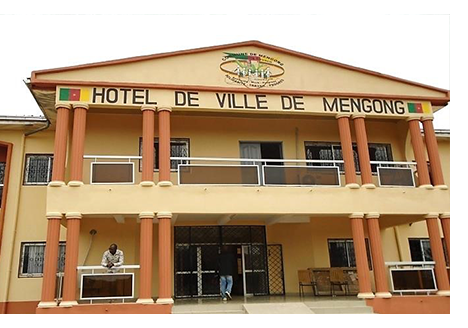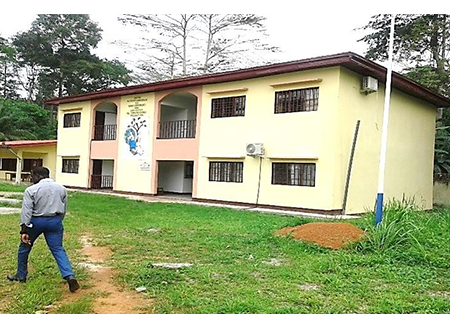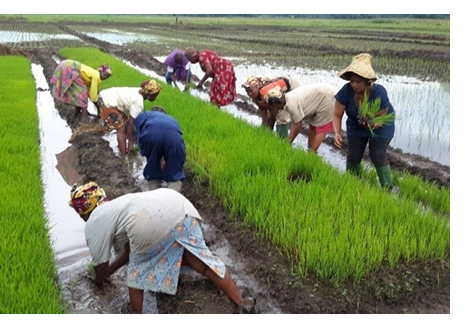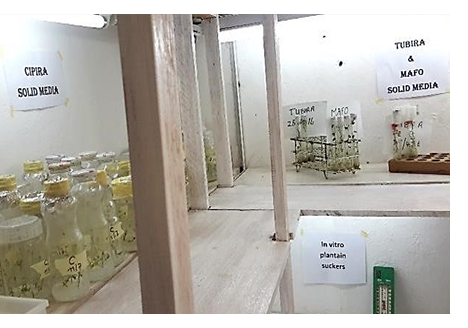CROSS-CUTTING SECTORS
As part of its implementation, C2D is open to so-called cross-cutting sectors. For example, projects in the field of the environment and nature protection, vocational training, small and medium-sized agri-food enterprises, etc., are being implemented.
At the environment and forestry levels, the aim was to promote and encourage environmental protection and sustainable development initiatives by implementing concrete actions in favour of the environmental management of activities in rural areas, biodiversity management, the development of forest and wildlife resources and the development of forest plantations.
At the environment and forestry levels, the aim was to promote and encourage environmental protection and sustainable development initiatives by implementing concrete actions in favour of the environmental management of activities in rural areas, biodiversity management, the development of forest and wildlife resources and the development of forest plantations.
To this end, the Cameroonian Government has developed the Sectoral Programme on Forest and Environment (SPFE), a framework for the implementation of forestry policy. This national sectoral development programme, which is open to funding from all donors, as well as contributions from the civil society, NGOs and the private sector, has three main objectives: (i) capacity building for the Ministry of Forestry and Wildlife, (ii) institutional strengthening and support for the various actors and (iii) the continuation and finalization of investment programmes.
At the level of VOCATIONAL TRAINING, the objective is to strengthen competitiveness and diversification of the local economy through the training of young people in non-agricultural occupations.
To this end, two projects have been developed for the establishment of Vocational Training Centres (VTC) on the one hand, and Sectoral Vocational Training Centres (SVTC) on the other hand.
The VTC project aims to promote the economic development of rural areas by improving and diversifying the supply of vocational training for skilled workers and technicians in favour of non-agricultural rural occupations, in close consultation with the various stakeholders in order to strengthen competitiveness, diversify the local economy and improve young people's access to employment. As for the C2D-SVTC, its purpose is to strengthen competitiveness and facilitate young people's access to employment through training in industrial maintenance, transport/logistics and agro-industry.
It is being developed as part of an innovative partnership between public authorities and the private sector led by GICAM,
In the cross-cutting sectors, it was also a question of contributing to the acceleration of growth and job creation through the support of agricultural and agri-food companies.
Cameroon's development vision for 2035, where the country aims to position itself in the category of emerging countries, has retained the promotion of the rural sector as a strategic pillar for poverty reduction, accelerated growth and job creation. To this end, agricultural and agri-foods SME – SMEAA - appear to be an important source of growth.
If implemented, the Programme aims to develop activities for the production, processing and marketing of agricultural products through financial and non-financial support for SMEs in rural areas.
This programme was built around three axes: improving technical and economic information on the main sectors in the targeted production basins for the various private and institutional actors; improving access to credit for SMEs by better matching financial products to their needs; and developing the management capacities of SMEs by setting up a local training and non-financial services offer adapted to needs.
In the field of C2D – CULTURE, the ambition was to contribute to the development of cultural industries and the preservation of Cameroon's cultural heritage.
The economic contribution of cultural industries to the development of the African continent's economies continues to grow, with creative and knowledge-based industries, but also the cultural economy as a whole, now making a significant contribution to generating income, employment and export earnings while promoting social inclusion, cultural diversity and human development.
It is with this in mind that the decision to integrate the culture component into the first generation C2D was taken at the COS in October 2008, while the other programmes were already being implemented.
The C2D Culture Programme is in line with the Government's policy of disseminating Cameroonian culture on the one hand, and preserving and strengthening the capacities of operators in the sector on the other. It also takes into account the impact of decentralization in this broad policy aimed at making cultural industries more profitable and their impact more visible in national GDP. The projects taken as a whole respond to the vision and strategic orientation of the Cameroonian Government with a view to developing the cultural economy based on the promotion of cultural tourism and the development of cultural industries.
VISIT OUR HEAD OFFICE
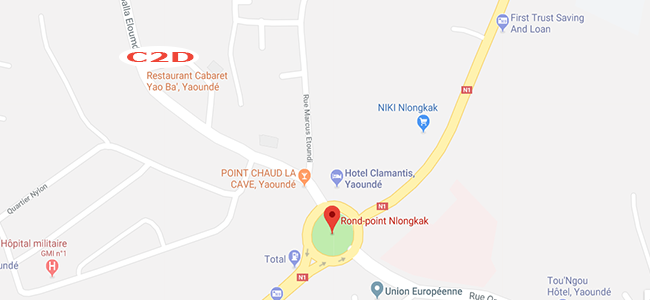
Contact us









